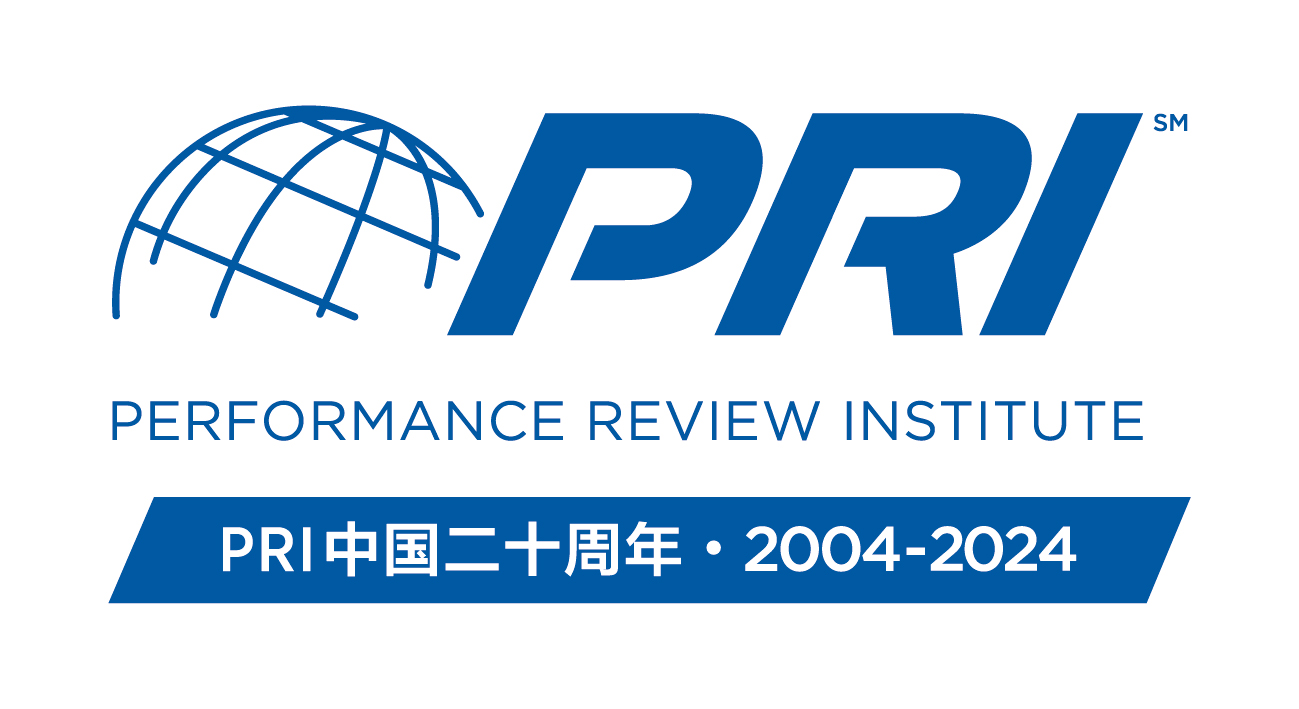项目和服务
- Nadcap
- 认证
- Nadcap会议
- 参加
- 审核员
- Nadcap研讨会
- eAuditNet
- 架构
- PRI体系认证
- 公正性声明
- 批准及认可证书
- 通用过程与政策
- PRI培训
- MedAccred
- 认证
- 参与
- 审核员
- MedAccred活动
- 行业领导和参与
- PRI Qualification
- 知识体系
- 考试
- 参与
- 获批培训机构
- 技术评审委员会
- Performance360
- TPG
- 认证
- 参与
- 审核员
- eAuditNet
- 架构
- PRI CAAP
- 认证
- 审核员
- eAuditNet
- 架构
- PRI QPL
- PRI-QPL(航空航天)
- 制动衬片认证项目
- 润滑油评审协会(Lubricant Review Institute)
How to Respond in RCCA Format - by Justin Rausch
Root cause, corrective action (RCCA) analysis is a key element to the Nadcap program and audit review. Once non-conformances (NCRs) are identified during a Nadcap audit, steps must be taken to address these issues and ensure they are corrected. Knowing the various elements of RCCA response is critical to ensuring appropriate improvements are made to correct existing issues and prevent similar issues in the future. During audit review, the number of cycles of response necessary for closure of NCRs are often extended due to a lack of understanding of the expectations of how to respond in RCCA format. This article outlines the various elements of RCCA to improve understanding of what Nadcap Task Groups are looking for in terms of responses and improvements related to NCRs.
The first-round response must be in RCCA format and contain the following elements:
- Immediate corrective action taken
- Root cause of non-conformance
- Impact of all identified causes and the root cause
- Action to prevent recurrence
- Effectivity date
- Objective evidence





